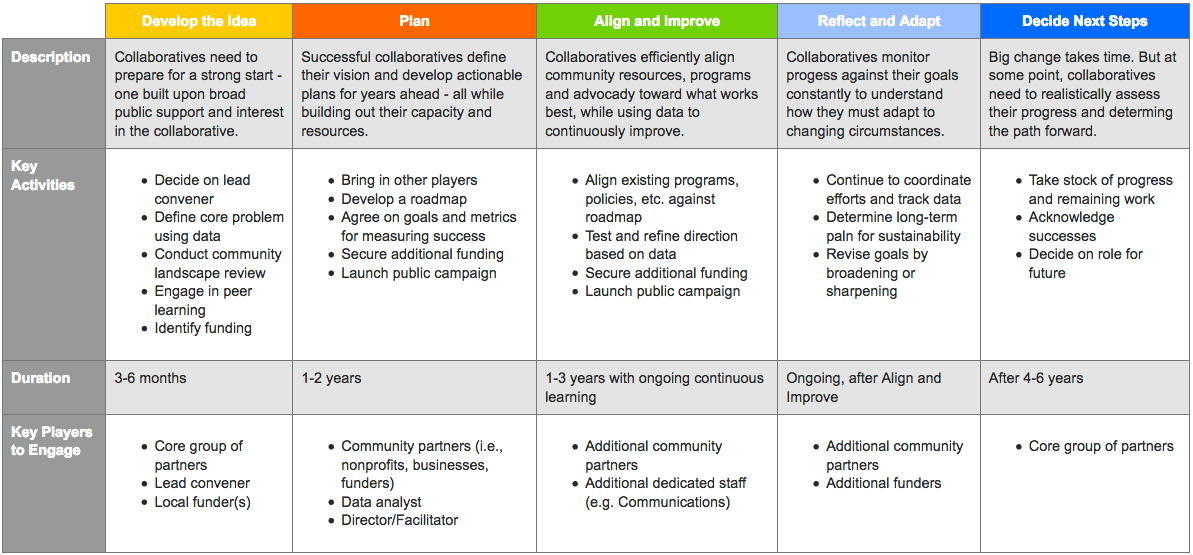

Some final end-of-life signs you may see in your loved one include:

Contact your hospice nurse for additional advice. Reassure the person that you are there for them, and that it’s OK to let go. Play soft music, talk in a calm voice, or read to your loved one. Repetitive, restless movements may also indicate something is unresolved or unfinished in the person’s mind. Your loved one may become restless and pull on bed linens or clothing, hallucinate, or even try to get out of bed, due to less oxygen reaching their brain. If you have any questions about hospice care in South Jersey or end-of-life signs, You can raise your loved one’s head to make breathing easier. This sound is typically caused by air passing over very relaxed vocal cords, and not due to pain or distress. When breathing becomes irregular or seems difficult, with periods of no breathing lasting 20 to 30 seconds, the person may moan with each breath. To help ease this gurgling, use a cool-mist vaporizer to moisten the air in the room and contact your hospice nurse for additional advice. This can cause gurgling, coughing, choking, or even vomiting. Patients often breathe through their mouth, causing secretions to collect at the back of the throat. You may also notice these additional end-of-life signs as the person sleeps more and communicates less: At this point, it is more important to be with, rather than to do for, your relative. Offer reassuring words and touches, but don’t pressure the person to interact. Let your loved one sleep and remain peaceful. Another common end-of-life change is that people may not respond to questions and may also show little interest in their surroundings. Read more about what hospice patients can eat and drink.Īctivity usually decreases significantly in one’s final days and hours and it’s natural to sleep more, even during the day. It’s normal that as the person eats and drinks less, their output of fluids will also decrease. Offer, but don’t force, food, liquids, and medication. The person may only need enough liquid to keep their mouth moist.



 0 kommentar(er)
0 kommentar(er)
